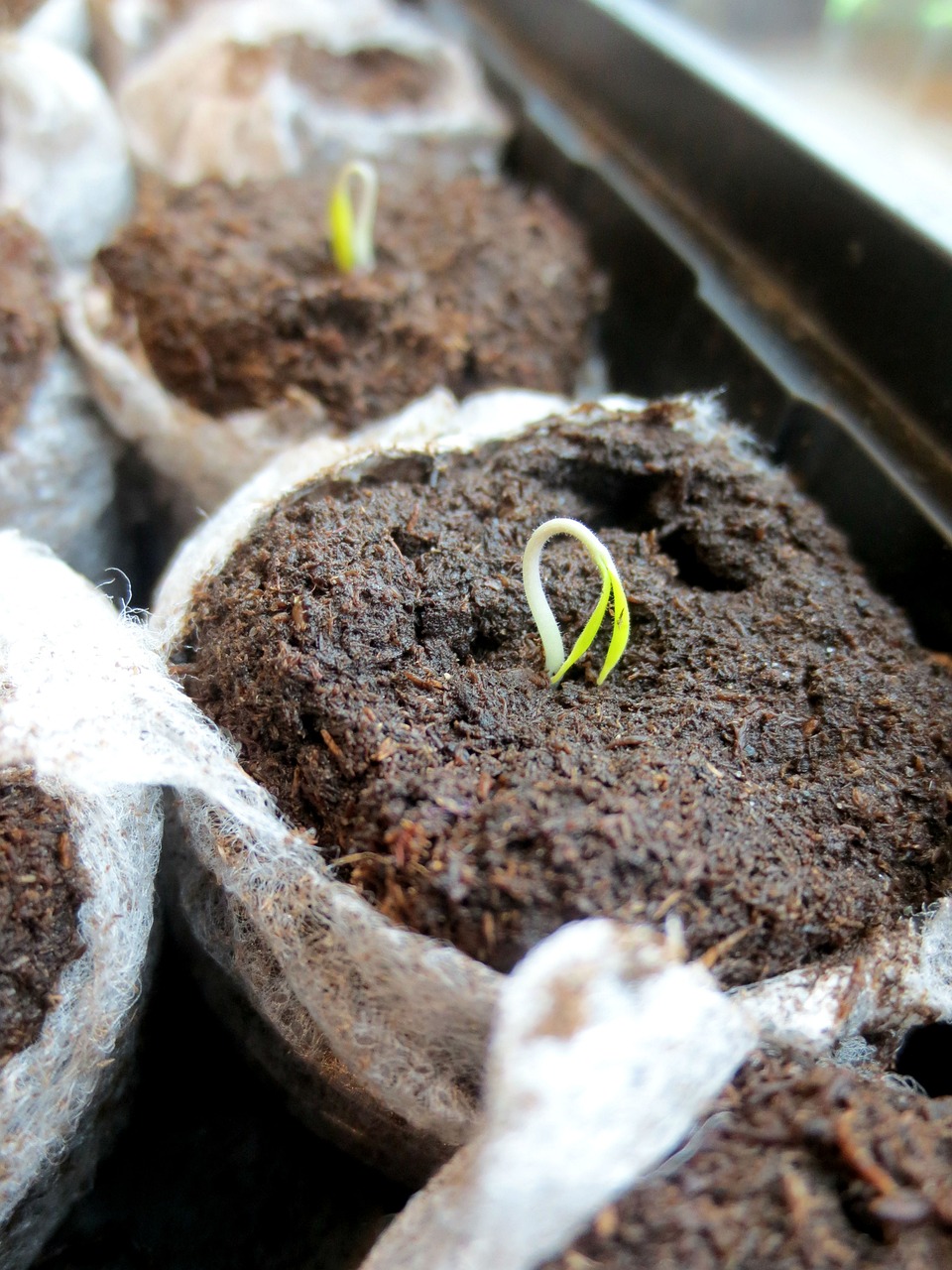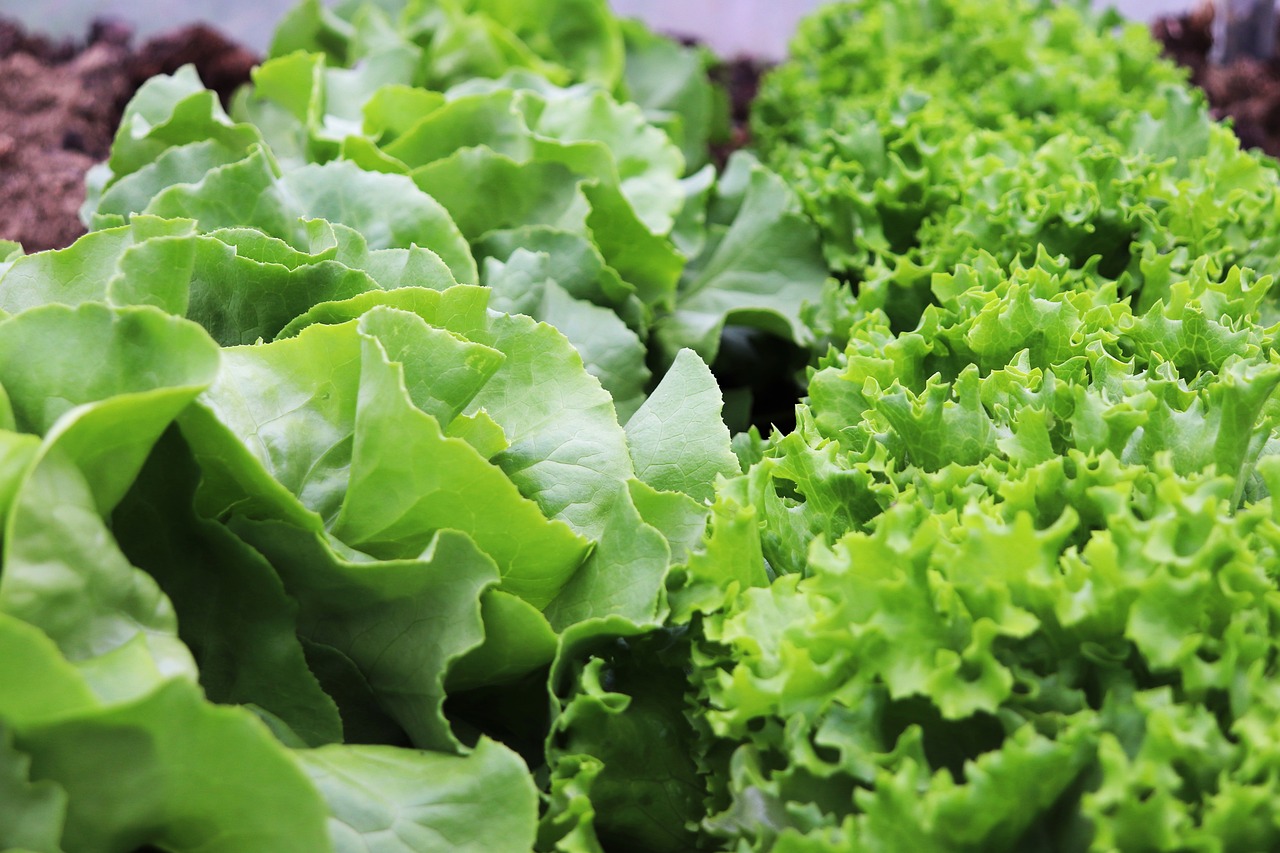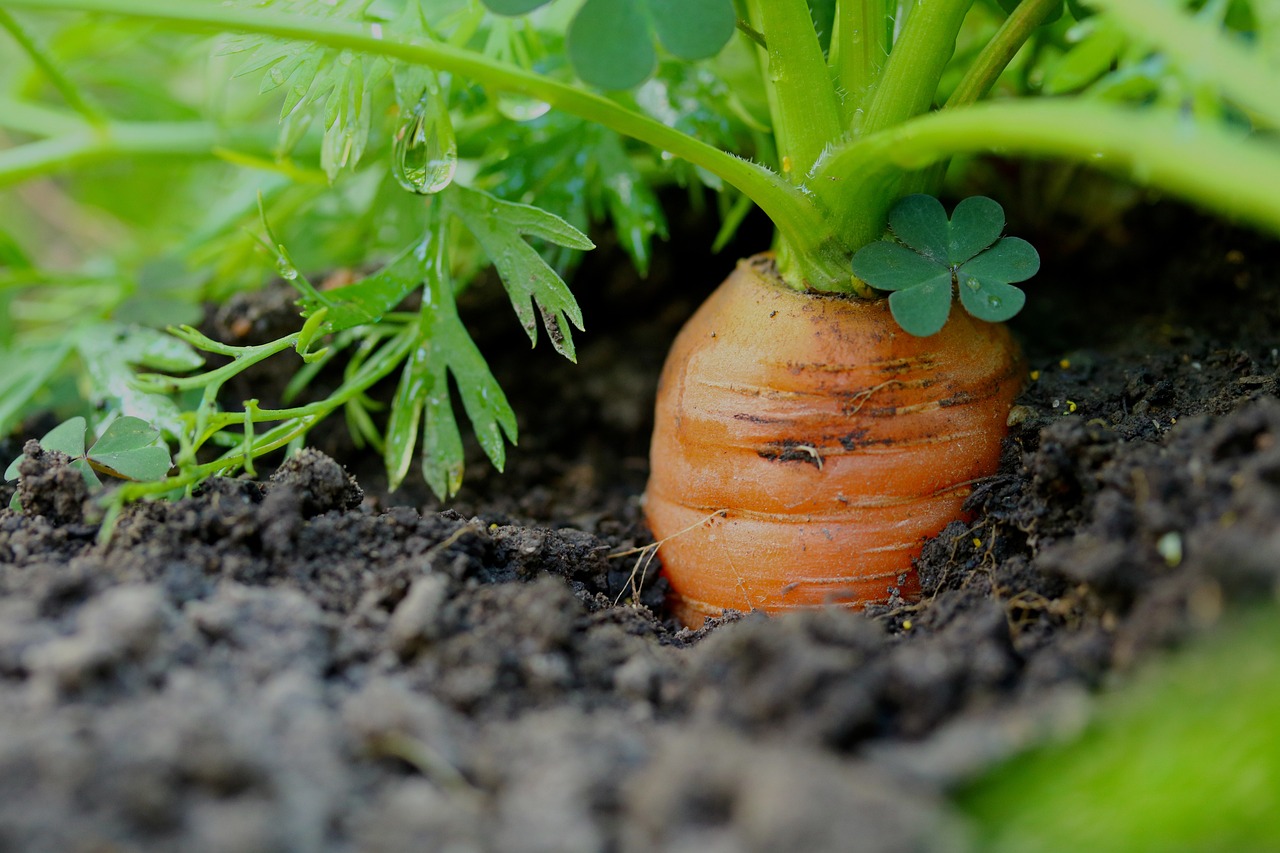
Ever dream of a backyard bursting with juicy tomatoes, sun-kissed peppers, and zucchini the size of your head? It’s not magic, friends, it’s timing! Ditch the guesswork and say goodbye to sad, straggly seedlings. Today, we’re unlocking the secrets of the vegetable whisperers with 10 expert tips on when to plant vegetables for a harvest that’ll make your neighbors weep with envy (and beg for seconds). Get ready to transform your garden from “meh” to “magnificent” with the knowledge that’s guaranteed to grow your green thumb faster than a beanstalk on Red Bull!
1 Start Indoors for a Head Start

Some cold-sensitive veggies like tomatoes, peppers, and broccoli simply won’t thrive if direct-seeded too early. But no problem – you can get a jumpstart on warm weather crops by directly sowing seeds 6 to 8 weeks before your last frost date under grow lights or on a sunny windowsill. Regular monitoring and care will ensure healthy transplants you can harden off and transplant in the garden when conditions are prime. Building in that indoor time is key for yields later in the season.
2. Plan Successive Sowings

Thinking of salad veggies? Stagger plantings of lettuce, kale, radishes, and more every 2 weeks to extend your harvest. This “succession planting” gives you continual snacks without overfilling your bed all at once. Simply aim to crowd any new seedlings right behind maturing plants for a seamless transition. The steady sowing schedule maximizes your space and productivity throughout the growing months.
3. Direct Seed Cool Crops Very Early

Some hardy greens like spinach, carrots and beets can go right into the garden soil from early spring onwards. Give these a head start with sowings in late winter or early spring as soon as the ground can be worked. The extra growth time will push roots like carrots to their fullest size before the summer heat arrives.
4. Adjust Timing for Your Zone
When planting windows are tailored to your particular growing region, harvest success is practically guaranteed. Consult USDA zone planting charts online or in garden almanacs for guidance on scheduling specific crops for either cool or warm season zones. Paying close attention to ideal sowing and transplanting ranges in your area is key for harvest-ready crops all season long.
5. Factor in Maturity Rates
Be mindful of how long it takes different crops to mature when planning your calendar too. Quick crops like radishes are ideal for succession plants among slower-developing tomatoes or winter squash. This spacing ensures continuous production without some varieties competing for space or resources at the same time. Leaving adequate time for crops to fully ripen is crucial for high yields.
6. Consider Heat-Lovin’ Crops
If summer stretches long where you garden, heat-tolerant crops like beans, peppers, okra, and basil thrive when planted in late spring rather than early. Letting soil and air temperatures rise fully first aids quicker establishment and growth. Jumpstarting warm weather plants too soon courts stress and disappointingly small harvests.
7. Time Warm Season Seeds Just Right
For heat-loving crops like squash, melons, sweet corn, and cucumbers, germination requires consistent soil warmth ranging from 60 to 80 degrees Fahrenheit. Planting too early means seeds may rot in cool, wet soil, while seedlings in the ground past peak time risk bolting or failure to fruit. Timely sowing between late spring and early summer gives you the best chances for full-sized, bountiful veggie
8. Don’t Miss that Fall Window!
If hot summer spoils your garden groove, autumn offers a fresh start for cool weather crops. Direct sow favorites like kale, carrots, beets, chard, parsnips and radish two months before your first frost date for a late-season harvest. Stagger plantings every 3 weeks up until that cutoff to continuously supply your table and preserve your bounty. Frost protection and row cover will extend the season further still. Don’t sleep in the fall!
9. Give Yourself Time to Preserve the Harvest
Whether pickling cucumbers, making tomato sauce, or, allow ample time post-harvest for processing your surplus. Build preservation into your schedule so you can fully enjoy the garden’s rewards long after the growing season wraps. Proper timing ensures you harvest and store all you’ve grown for cold months ahead.
10. Leave Time for Fallow or Cover Crops
When a particular bed goes dormant in summer, resist the urge to leave it fallow. Instead, use a cover cropping window to let in clover, buckwheat, or something nitrogen-rich like peas or beans. Not only will these build soil health, but they’ll also prevent erosion or weed growth during gaps between veggie plantings. Plus their roots improve soil texture for next season’s bounty. To keep nourished dirt, don’t overlook rest periods between crops.
Special Considerations
11. Companion Planting Wisdom
Companion planting in vegetable gardening is a strategic practice that involves planting certain crops together to enhance growth and deter pests. Examples include planting tomatoes with basil to repel pests, employing the Three Sisters technique with corn, beans, and squash for mutual benefits, and pairing carrots with onions for pest deterrence. Combining cucumbers with nasturtiums helps repel pests and provides ground cover. Radishes with lettuce and marigolds with tomatoes are other examples illustrating how thoughtful plant pairings can contribute to a healthier and more productive vegetable garden.
12. The Microclimate Game
Leveraging microclimates in your garden involves understanding localized variations in temperature and humidity. Examples include planting heat-loving crops on sunny, south-facing slopes, choosing shade-tolerant plants for cooler, shaded areas, and opting for moisture-loving plants in low-lying or water-adjacent spots. Elevated areas with lower humidity are suitable for plants that thrive in drier conditions. Strategic placement based on microclimate characteristics enhances plant health and productivity. Seasonal adaptations ensure optimal plant growth throughout the year. By recognizing and utilizing these microclimates, you can create a tailored and thriving garden environment.
13. Sustainable Watering Practices
In vegetable gardening, sustainable watering involves tailoring practices to meet the unique needs of each crop. Examples include consistent moisture for leafy greens, utilizing moisture meters for precision, mulching to retain moisture around zucchini, morning watering for beans to prevent water stress, adopting drip irrigation for cucumbers, harvesting rainwater for watering during dry periods, and adjusting watering frequencies based on seasonal changes. These practices optimize water use, support crop health, and contribute to environmental sustainability in vegetable gardening
In conclusion, getting your vegetable garden timing on point is half the harvest battle. With attentive scheduling considerations – like starting indoors, succession plantings, maturity windows, and cover cropping breaks – your plot will stay in sync all growing long. Happy planning, happy gardening, and here’s to bountiful rewards when you get those sowing dates just right! Let me know if any other planting questions come up.
